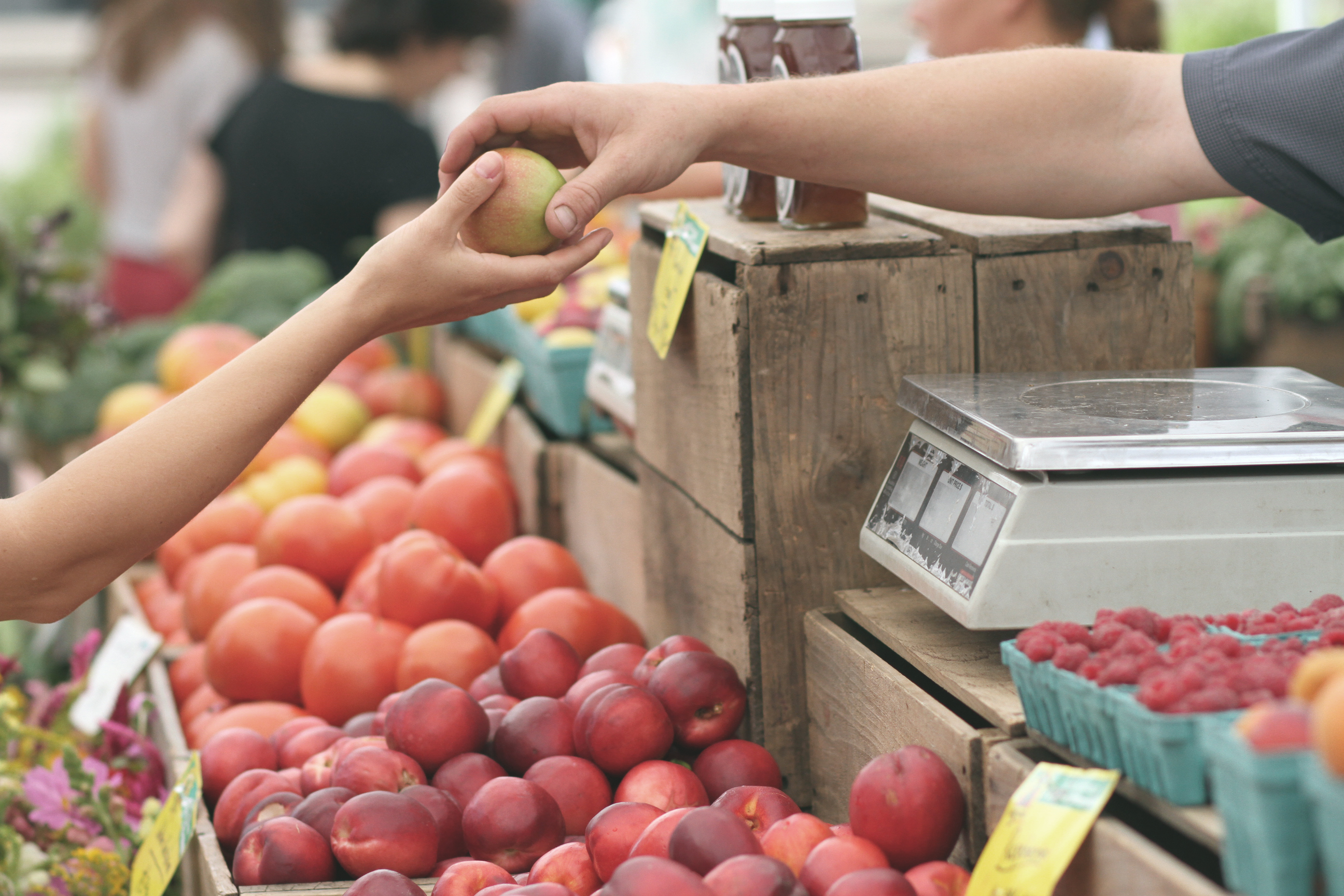Food Insecurity in Georgia
In Georgia, 13% of the population is food insecure. This means that they are unable to provide enough food for themselves and their families. Families living with food insecurity often have to choose between paying bills or buying food.
Food insecurity can impact many aspects of someone’s life. Hunger and related stress make it difficult to perform well in school or at a job. Food insecurity is linked with numerous health conditions including diabetes, hypertension, and depression. The cost of managing these conditions places additional stress on families. Living with food insecurity impacts many aspects of everyday life which makes it a complex problem to solve.
Working Towards Solutions
Increasing Access and Affordability
One of the most significant barriers to healthy eating is the high cost of and limited access to fresh fruits and vegetables. However, innovative initiatives have been created all over Georgia to help reduce these barriers. Mobile food trucks, such as DeKalb Mobile Farmers Market, bring fresh produce and food education to various communities. Initiatives like this are critical to tackling food insecurity because they are overcoming some of the most significant barriers to a healthy diet. Because of the effectiveness of local and state level programs, the USDA provides grants to organizations that are working locally to solve large-scale problems. It is critical to maintain government support and funding for these programs because of their direct impacts on the communities they serve.

Government Initiatives
Programs that work with the Supplemental Nutrition Assistance Program (SNAP) have proven to be effective in pilot programs all around the county. Initiatives at the local level are particularly effective because they are able to directly serve the communities that need support. One of the most popular models is programs that allow SNAP dollars to be doubled when buying fresh foods and vegetables. These programs make buying fresh fruits and vegetables more cost effective for consumers, and they also bring business to local farmers markets.
Communities that were supported by government grants to start programs working with SNAP saw a 14.3 million dollar increase in economic activity. These local programs were very effective at making fruits and vegetables more accessible. Participating communities saw a 74% to 94% increase in the consumption or purchase of fruits and vegetables.
What can I do to help?
Advocate for Food Policy. Our government plays a critical role in our food system from regulating agricultural legislation to the distribution of SNAP funding. Contact representatives about issues that can impact your community.
Share this fact sheet with your legislator